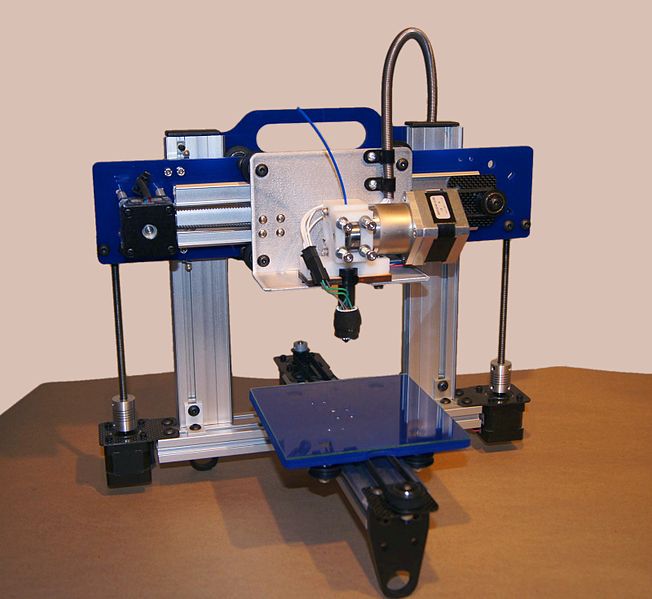 |
| Did you think all swans are white? If you did, you've just experienced the devastating black swan effect! (Commons) |
- They are rare enough to surprise us.
- They have drastic consequences.
- They are prone to erroneous retrospective rationalisation i.e. we try to explain them away after they have happened.
Without going into too much details about the book, the point is that Mr. Taleb hits on an interesting idea that I have never before imagined. In chapter eleven of the book he talks about the role of randomness in fostering scientific and technological progress in the world today. He posits that most of the designed technology today yield are simply toys that wait for an application to appear. As he aptly puts it 'solutions waiting for problems'.
We tend to apply retrospective historicism to explain that x invention was made to solve y problem and so on in a neat chain towards today's progress. Taleb tries to squash that version of history and replaces with something less romantic but probably more grounded in reality. In fact, according to him, there might be no difference to evolution and our progress.
Evolutionary theorists posit that innovations in biological designs are actually a product of random mutations that are filtered out by environment and internal pressures such as food availability, selection during mating. He considers the laser (whose inventor was in fact ridiculed by colleagues) and Viagra (which started out as a drug for hypertension). Today we can't live without laser and its field of uses is ever expanding even today as for Viagra, it has uplifted the lives of so many men living with impotence. Or consider the internet for that matter. It was originally designed for military purposes, now we all live online.
Some companies even capitalise on such a process according to Talab; scientists can sit down in such companies and simply tinker just for the fun of it. Commercialisation comes later. Whether such a thing is feasible in the long term is unknown to me but it certainly is tantalizing to see a business model that doesn't force a scientist to become a businessman full time.
Now considering this seemingly random process of innovation, how do we make of something like '3d printing' work? Some describe it as the biggest thing since the Industrial Revolution and it honestly looks like it. You can print anything you might fancy in 3d, your face, prototypes, shoes, designs and what not. Sceptics call it a gimmick, a toy with no future, a fad. In short, the solution is so elegant, but what's the use of a layman having it in his house?
 |
| An example of a 3d printer; the ORDbot Quantum printer (Commons) |
The moral of the story is that its very hard to predict these kinds of things. Randomness has gotten the better of us and no amount of risk management will ever remove it and it is ludicrous to imagine that we will ever master risk management. Th least we can do is enjoy the ride. At least, that's what Nassim Taleb says.
No comments:
Post a Comment